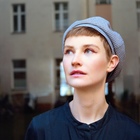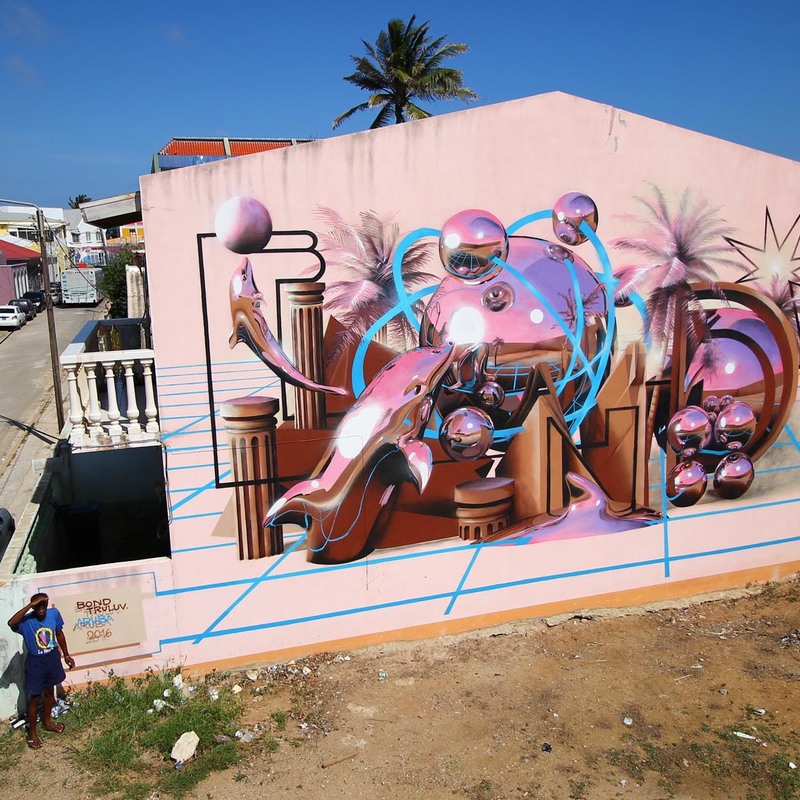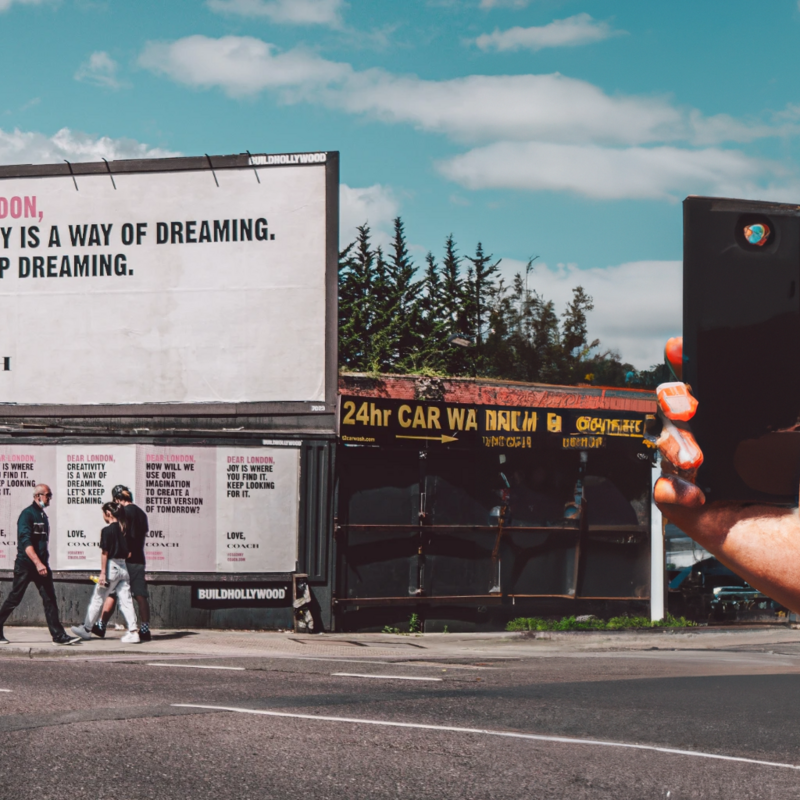
Creating Augmented Reality marketing trends that endure
Imagine a regular Monday morning. You get up, shower, dozily grab your (recup) coffee and leave the house. You might get a croissant or a smoothie on the way and sit down at the bus station. There’s not much that could happen; the train could be late, your croissant dry or the person next to you could strongly feel the urge to discuss global politics before 10am.
What you definitely do not expect: a zombie. Lurking around the corner, walking towards you, attacking another person. You drop the coffee. You scream for help, you run – sleepy or not. A morning you’ll never forget.
But it turns out the zombie wasn’t real – or at least it wasn’t there in the (reanimated) flesh! Ever heard of AR marketing trends? You saw the zombie on a big screen, a mixture of the real and the virtual. To frame it differently: you just experienced one of many augmented reality marketing examples, way too close to reality.
In 2014, Sky Austria teamed up with Fox to pull off an early coup among AR marketing trends, horrifying people in Vienna for a couple of days. With over two million hits on YouTube, the video promoting the series The Walking Dead went viral and other brands such as Pepsi quickly followed the public transport idea.
These AR marketing trends have started enhancing our digital lives on a regular basis, whether on big screens or on our smartphones. For companies, AR can be a powerful tool to drive sales. Augmented reality is part of the future of marketing. Marketing that will indeed become more and more immersive. The idea behind this is as simple as it is ingenious: it’s all about consistently surrounding the consumer with a brand’s message on all possible channels. For the brand, this means that PR, advertisement, and marketing work hand-in-hand.
Augmented reality obviously adds a layer to this by not only prompting us to interact with a product, but by directly influencing our perception of reality. Marketing becomes a full-body experience. This way, AR marketing trends enable the brand to reach prospective consumers in many different ways (see also how businesses use AR), as we’ll see later on with the help of a few augmented reality marketing examples.
The more AR marketing examples are out there, the more important it becomes to create a valuable AR marketing experience for the client or client-to-be. Adults are exposed to between 6,000 and 10,000 ads per day, an increasing percentage of which feature AR. This makes a well-balanced marketing strategy even more important. If you want to dive deeper into AR and marketing, check out this article on how AR is used in Marketing.
A successful AR campaign is not just a gimmick. Ideally, it inspires the user to engage in a long-term interaction. It’s more than additional content found on a website; it is said content brought to life. To illustrate, let's check out a recent AR marketing trend in the food industry. Companies such as Kabaq help restaurants create AR models of their offers. Simply by scanning a QR code, the client can check out the entire menu in a surprisingly realistic animation, getting additional information such as nutritional values.
Burger King took culinary AR marketing trends to another level in 2019 with the campaign Burn That Ad. They created a feature on the Burger King App allowing clients to get a free Whopper, simply by “burning” their competitors' ads digitally. This AR marketing example brings together all the aspects of a successful AR marketing campaign. First of all, it's catchy. It’s fun. It’s new and original compared to the existing AR marketing trends. The user needs to get active, so starts looking for advertisements. And the campaign is not only visual, it’s also tasty. In marketing terms: the user experience was enhanced, and the branded interaction was combined with a communication strategy that fits perfectly into Burger King's generally quite forward tone. This is what a perfect AR marketing example looks like.

Let’s check out one last AR marketing example before summing up. This year, Nike teamed up with AKQA São Paulo once more to target a broader audience by promoting artists that inspire our present. They decided to build on the Air Max Graffiti Stores campaign, in which São Paulo's street art scene was brought to life. (In case you fancy finding out more about AR and graffiti, check this out.)
With Nike’s new AR marketing trend, you can literally keep your head in the clouds, even during a pandemic. All you need to do is open your browser and point your camera towards the sky, and you’ll start seeing some sneakery clouds: one looks just like the Air Max 2090, another resembles the classic Air Max 90. By clicking on each sneaker-cloud, you get access to a different type of Cloud: one featuring Brazilian artists, musicians and dancers. This way, Nike created a valuable experience and forged a way out of the pandemic’s daily boredom.
So what have we seen? We’ve explored three individual AR marketing examples. A big scary screen on a bus station, an AR feature within the Burger King App, and access to a Nike Cloud with nothing more than your browser and the sky.
All three AR marketing trends perfectly reflect each brands’ general communication style. The Walking Dead, well, they scare the hell out of you. Burger King has always been close to roughhousing in its wording. And Nike brings together art, sports and wellbeing. The common point in all three AR marketing examples is – well, plus AR itself – interaction. We run, laugh, burn ads, eat, look out for clouds, listen and read. All three brands managed, in their very own ways, to create an immersive physical experience, setting the tone for other AR marketing trends. They created experiences that last.
Related creative stories
Browse through other features, interviews and guides to discover creative brand collaborations, meet innovative artists and creators, find out how new artforms are energizing advertising, & more.
Send us your briefing
We're excited to hear from you! If you're looking for artistic solutions for your next creative marketing campaign, send us your briefing. We can also help create a killer concept if you're in an early ideation phase. Check out our services for more.







